Visit Ravello. Private, independent tourism initiative, not related to any civic institution.

Get the lowest rate for your Hotel in Ravello through Booking.com. Book now, pay later!
Amalfi Coast Ferry Schedule search. Find all the ferry routes, times and tickets!
SITA BUS Schedule guide. Find all the SITA BUS routes, times and tickets!
Villa Rufolo, Ravello - Amalfi Coast, Italy
The Villa Rufolo, which overlooks the Piazza Vescovado, is the historical and cultural center of Ravello.
Built by a wealthy merchant family in the 13th century, the villa has a rich and storied past. Boccaccio, one of the earliest authors of the Italian renaissance, wrote a story about the villa and its owner in his Decameron, which was published in 1353.
In its prime, it was one of the largest and most expensive villas on the Amalfi Coast, and legends grew about hidden treasure on its premises.
In the 14th century the Rufolo family hosted banquets for King Robert II of Naples and other Norman royalty.
- Opening hours 9.00 - 18.00
- Ticket Price €8 / Reduced €6
- Telephone +39 089 857621
- Email segreteria@villarufolo.it
- Address Piazza Duomo, Ravello
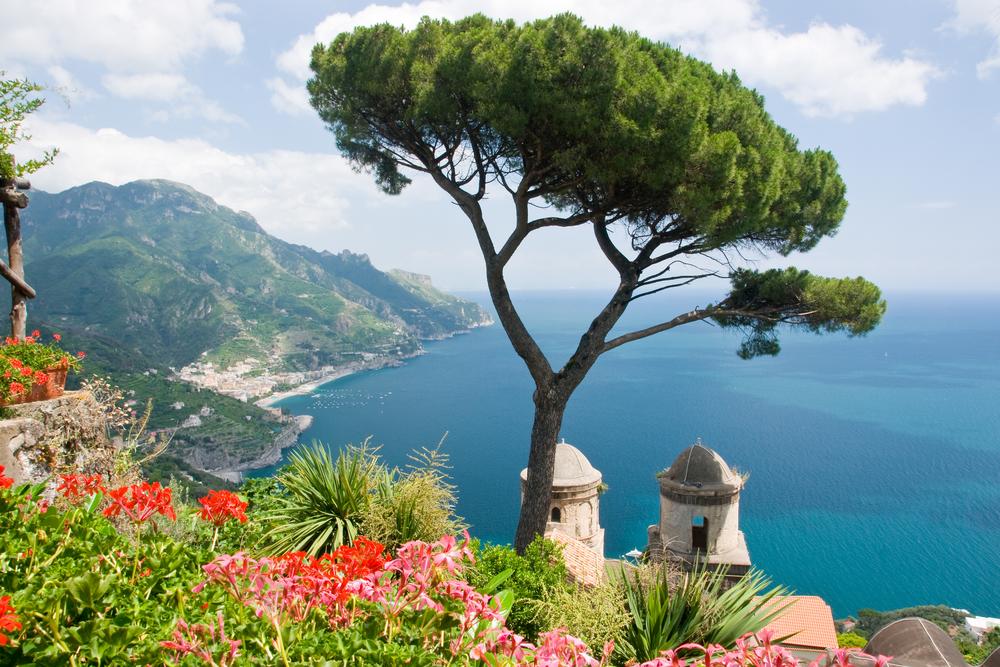
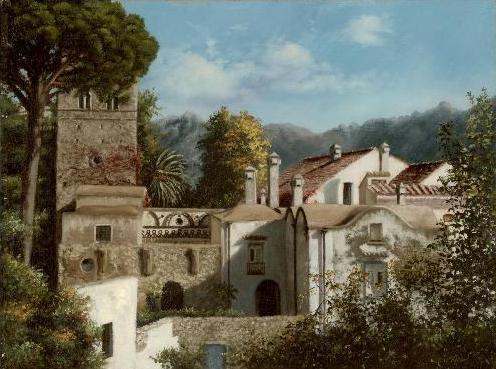
Sir Francis Neville Reid
When Sir Francis Neville Reid, a Scottish botanist, visited the villa in 1851, age and neglect had taken a toll on the villa and many of the rooms had fallen into ruin. Reid, however, fell in love with the Moorish towers and the expansive views. He purchased the villa and began an extensive renovation of the gardens and the remaining rooms.
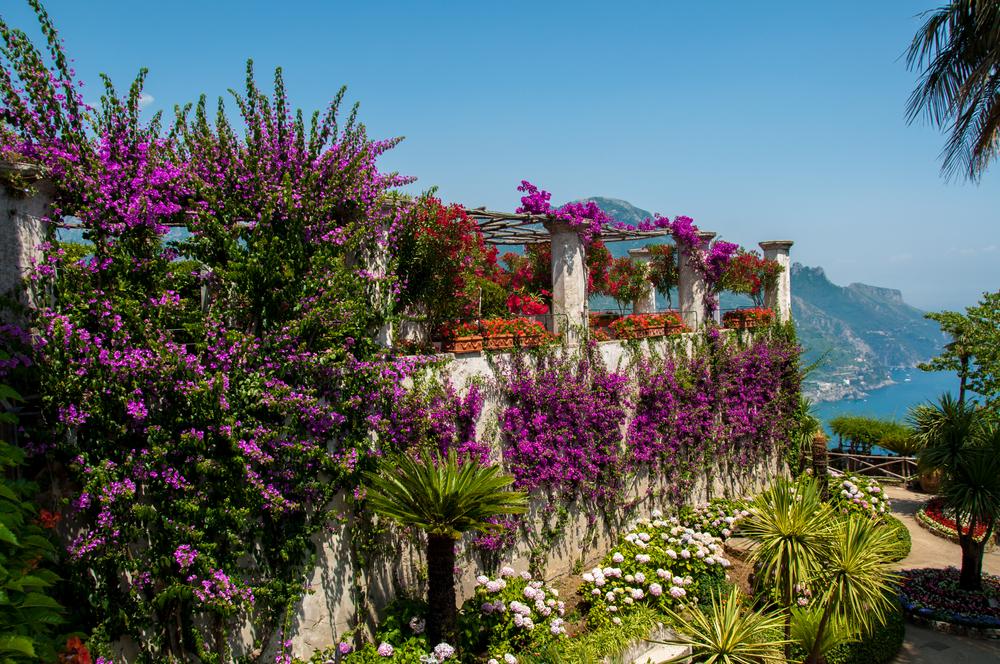
Richard Wagner
When Richard Wagner, the famous German composer, visited the villa in 1880 he was so impressed by what he saw that he famously exclaimed: “I have discovered Klingsor’s garden”.
Wagner, who was 67 years old at the time of his visit, was so inspired that he stayed in Ravello long enough to write the second act of Parsifal, an opera that he had been working on for over two decades.
If he had not visited the Villa Rufolo, he might never have completed the opera, for he died just three years later.
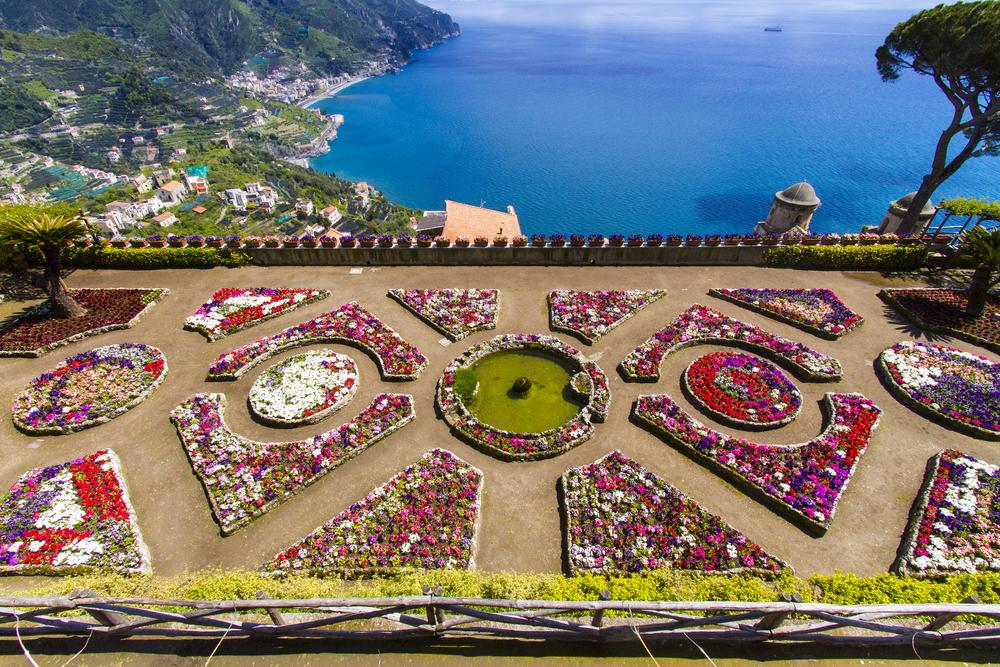
City of Music
Today, Wagner’s spirit lives on in Ravello.
The town has become known as “la città della musica“, city of music, and for the past several decades the Villa Rufolo has been the center of an annual summer concert series that features piano concerts, chamber music, and a grand orchestral performance on a stage built jutting out over the Mediterranean Sea and the rugged Amalfi Coast below.
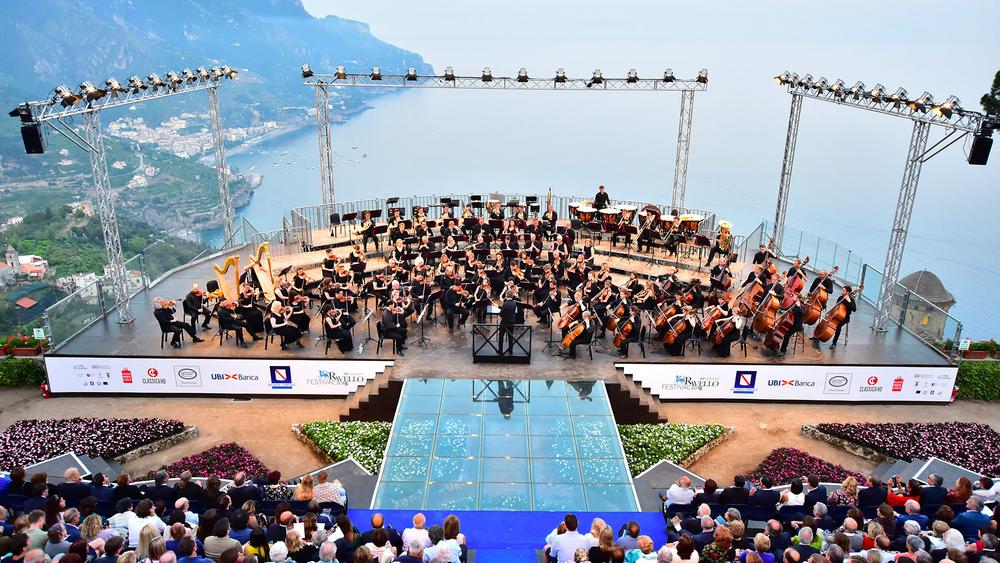
Villa Rufolo Gardens
The gardens and grounds of the Villa Rufolo are open year around and attract visitors from all over the world.
Juxtaposed against the sea, the sky, umbrella pines, and the Church of the Annunziata below, the gardens, with their profusion of flowers, have a magical quality to them.

It’s no wonder that Wagner found them so inspiring. The villa itself contains two large towers and the larger of them (Torre Maggiore) stands next to a magnificent Moorish style cloister.
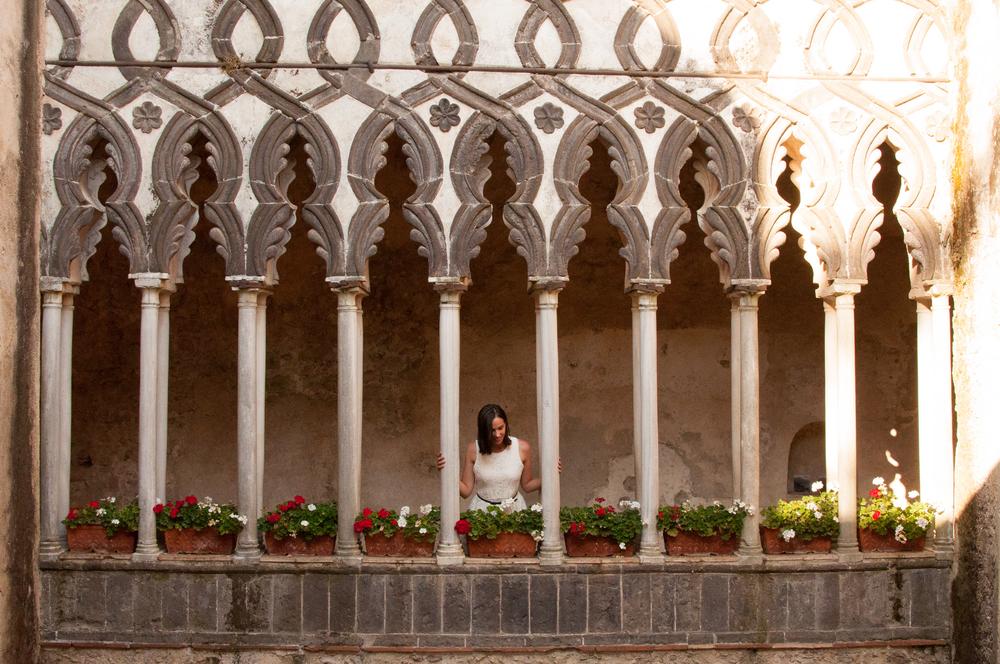
Because of the magnificent gardens, the Moorish architecture, and the inspiring vistas, the Villa Rufolo is often described as a smaller version of Spain’s famed Alhambra.
Come and discover for yourself what makes the Villa Rufolo so enchanting.
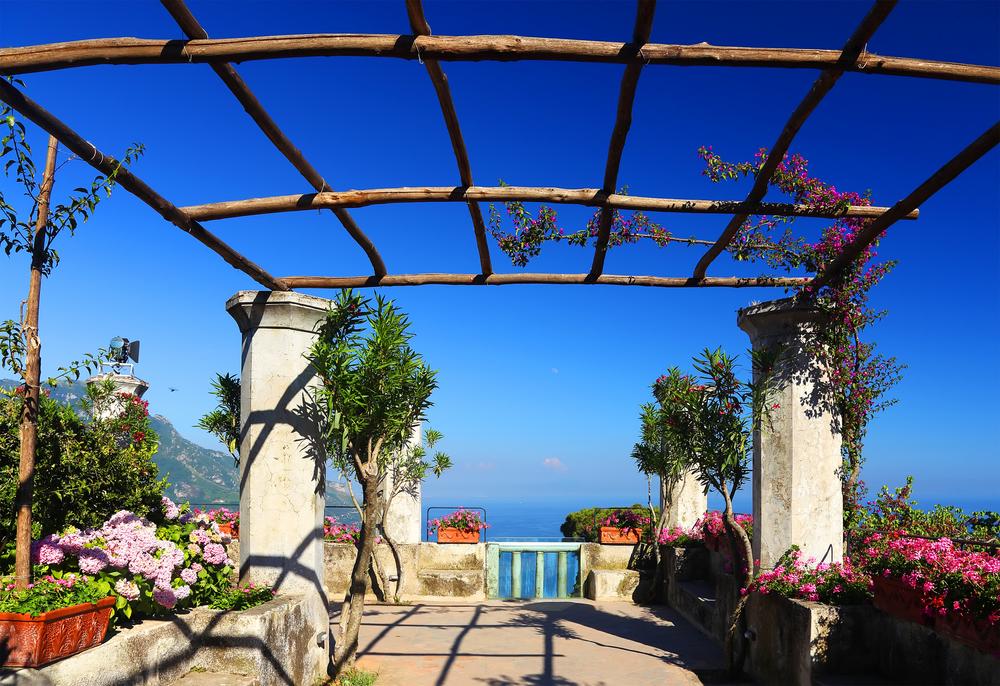
Drone video of Villa Rufolo's gardens (Ravello, Amalfi Coast, Italy)
Visit Villa Rufolo!
...and also the other famous villa and its gardens: Villa Cimbrone
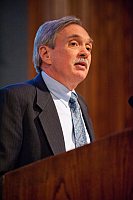
Author: Robert Walker
Robert Walker, a lawyer, economist, and consultant who has worked in Washington, D.C. for over 30 years, is the author of Discovering Ravello, a short booklet on the history and attractions of Ravello. He and his wife, Chris Apel, first visited Ravello nearly 25 years ago, and have been frequent visitors ever since. His wife is an award winning artist who recently created a website (www.discoveringravello.com) to showcase her paintings of Ravello. He and his wife both lecture on Ravello. They live in Alexandria, Virginia.
Other Attractions in Ravello
...not to be missed!